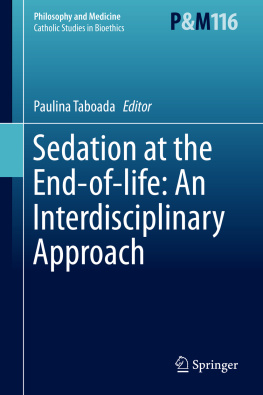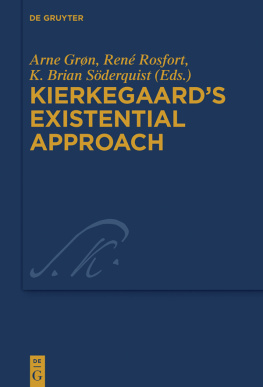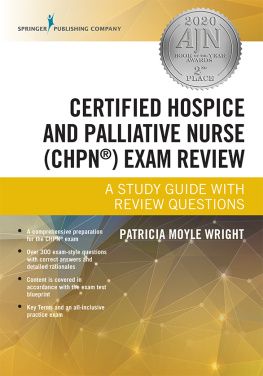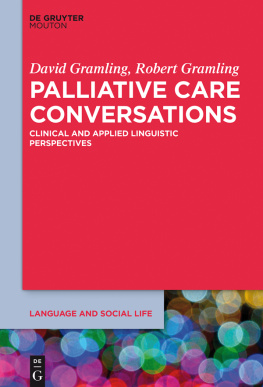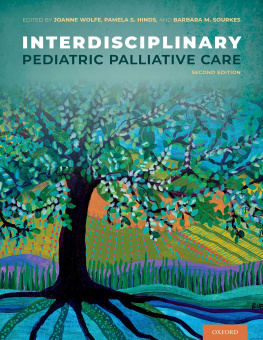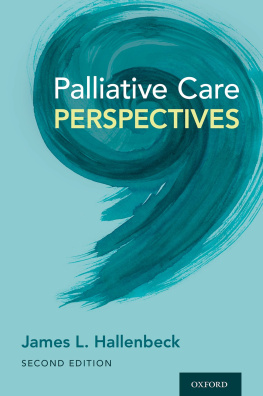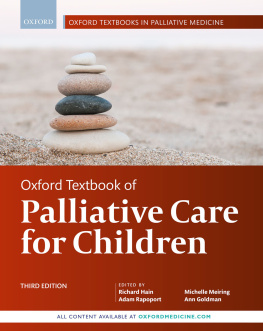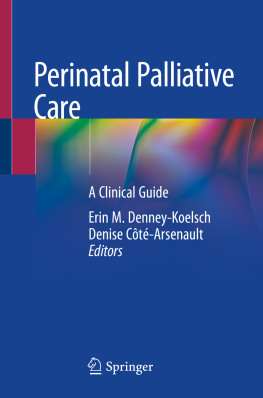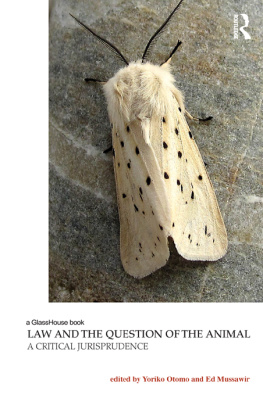Taboada - Sedation at the end-of-life : an interdisciplinary approach
Here you can read online Taboada - Sedation at the end-of-life : an interdisciplinary approach full text of the book (entire story) in english for free. Download pdf and epub, get meaning, cover and reviews about this ebook. year: 2015, publisher: Springer Netherlands, Dordrecht, genre: Romance novel. Description of the work, (preface) as well as reviews are available. Best literature library LitArk.com created for fans of good reading and offers a wide selection of genres:
Romance novel
Science fiction
Adventure
Detective
Science
History
Home and family
Prose
Art
Politics
Computer
Non-fiction
Religion
Business
Children
Humor
Choose a favorite category and find really read worthwhile books. Enjoy immersion in the world of imagination, feel the emotions of the characters or learn something new for yourself, make an fascinating discovery.
- Book:Sedation at the end-of-life : an interdisciplinary approach
- Author:
- Publisher:Springer Netherlands, Dordrecht
- Genre:
- Year:2015
- Rating:5 / 5
- Favourites:Add to favourites
- Your mark:
Sedation at the end-of-life : an interdisciplinary approach: summary, description and annotation
We offer to read an annotation, description, summary or preface (depends on what the author of the book "Sedation at the end-of-life : an interdisciplinary approach" wrote himself). If you haven't found the necessary information about the book — write in the comments, we will try to find it.
The books main contribution is its interdisciplinary approach to the issue of sedation at the end-of-life. Because it occurs at the end of life, palliative sedation raises a number of important ethical and legal questions, including whether it is a covert form of euthanasia and for what purposes it may legally be used. Many of the book chapters address the first question and almost all deal with a specific form of the second: whether palliative sedation should be used for those experiencing existential suffering? This raises the question of what existential suffering is, a topic that is also discussed in the book. The different chapters address these issues from the perspectives of the relevant disciplines: Palliative Medicine, Bioethics, Law and Theology. Hence, helpful accounts of the clinical and historical background for this issue are provided and the importance of drawing accurate ethical and legal distinctions is stressed throughout the whole book. So the volume represents a valuable contribution to the emerging literature on this topic and should be helpful across a broad spectrum of readers: philosophers, theologians and physicians.
Taboada: author's other books
Who wrote Sedation at the end-of-life : an interdisciplinary approach? Find out the surname, the name of the author of the book and a list of all author's works by series.

